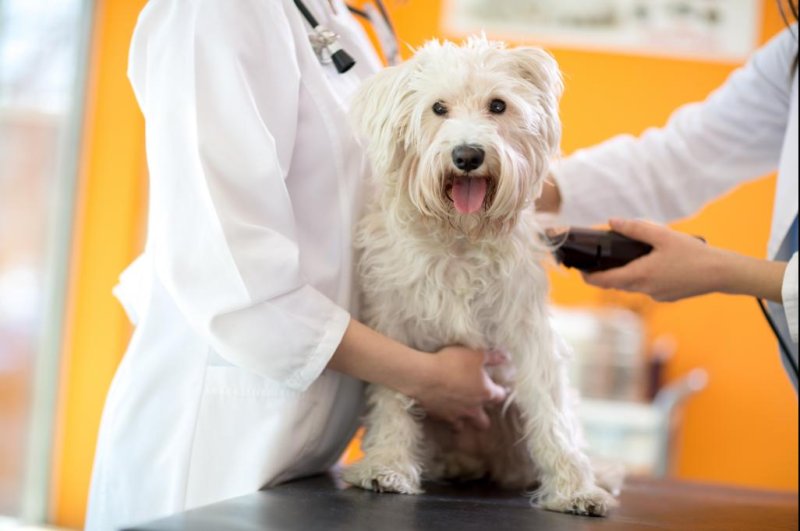Veterinary school graduates are increasingly facing financial crises as student loan debt often exceeds the total cost of a veterinary education at select colleges, a new study found. Photo by Lucky Business
WASHINGTON, Dec. 3 (UPI) -- Veterinary school graduates at 10 U.S. colleges are increasingly facing financial crises as their student loan debts often exceed the total cost of their education, a new study found.
The study, by the American Veterinary Medical Association, found select universities with the lowest in-state tuitions are producing graduates that have the highest debt ratio. Across the United States, the average cost of tuition and fees at the 28 U.S. colleges that have veterinary programs increased by nearly 250 percent in the past 15 years, the study found.
"Having a debt the size of a mortgage can lead to considerable stress and can severely restrict available financial choices, since a large amount of income must be budgeted to service that debt," the study said. "Federal student loan repayment plans are complicated, with income-based repayment plans and loan forgiveness possibly distorting financial incentives."
Among the biggest factors in the amount of student loan debt is geography, the study found. On average, 2015 graduates with in-state tuition and fees paid $103,327 for a four-year education, accumulating $132,560 in student debt. Those who paid out-of-state tuition and fees paid $191,710, accumulating $187,379 in debt.
Even though out-of-state costs outpaced in-state costs by 86 percent, the average debt for out-of-state students was 41 percent higher than students paying in-state costs. However, overall, students who paid in-state rates accumulated about 20 percent less debt than out-of-state students.
"Importantly, because much of our data on tuition and costs of living are only estimates, and the debt is what is reported on a survey, there is sufficient information to suggest that there is a problem with managing finances and that the problem is concentrated at specific colleges," the study says.
The study found the leading veterinary colleges by percentage of students with excessive debt-to-cost ratios are as follows:
-- Tuskegee University
-- Western University of Health Sciences
-- Mississippi State University
-- Oregon State University
-- University of Wisconsin-Madison
-- Louisiana State University
-- University of Georgia
-- University of Missouri-Columbia
-- University of Tennessee
-- Virginia-Maryland College of Veterinary Medicine
-- Washington State University
-- Iowa State University
-- Michigan State University
"Why do schools with the lowest resident tuition have the highest debt ratios? I don't know. We want to make sure those numbers are right. Is [their borrowing] just for veterinary education or things not related to veterinary education, like pets or travel costs?" Michael Dicks, director of the AVMA Veterinary Economics Division, said.















